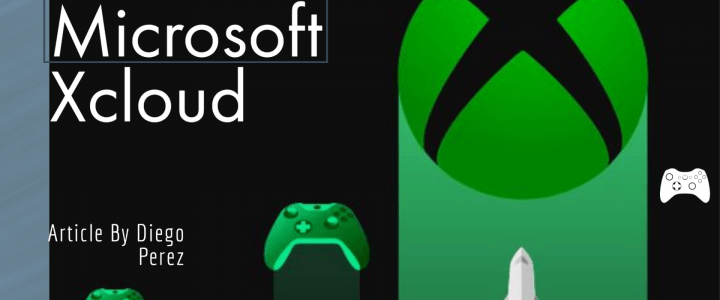Teenagers are far too addicted to their phones. Many scientific studies have proven that phones cause higher depression rates, more suicide rates, worse grades and that it ruins your brain permanently. But not all is bad when it comes to phones, there are good things too.
How old?
According to inc.com, “According to the latest research, on average, a child gets his or her first smartphone at 10.3 years old. That same study shows that by age 12, a full 50 percent of children have social media accounts (primarily Facebook and Instagram).” This shows that children are being introduced to social media and technology at too young of an age. Social media can cause depression, suicide, a lack of emotional connection, and a license to be hurtful to others. It is different for every kid, if your kid is irresponsible and not trustworthy, then hold back a few years. Why? Because adult content is an issue that is available to anyone who looks for it.
Your kid could also lose his or her iPhone, and who has to pay the bills? It’s not them, that’s for sure. Children develop a need for the phone at all times and addiction. When someone is addicted to something they always need it, if your kid always needs his or her phone it could cause problems in school or with friends. The attention of your child will decrease exponentially because they are on their phone. This could lead to bad grades or the phone being taken away during class. According to https://www.todaysparent.com “These days, the average age when kids get their first smartphones is around 10 years old, according to Calgary-based parenting expert Judy Arnall, author of Parenting with Patience. But exposure to mobile devices often begins at a much younger age: It’s becoming increasingly common to see toddlers wielding smartphones in strollers and preschoolers zoned out in front of iPads at restaurants.’’ So, in conclusion, it depends on your child.
Benefits of giving your child a phone
There are many reasons to not get your child a phone, yet there are lots of reasons why you should.
With a phone, you are in constant contact with your child, if you need to get ahold of them while they’re out with friends or if they need to contact you. Along with being able to contact them, you can track them. And make sure they’re safe and where they told you they would be. This will allow you to keep your child safe, and you are reassured. Some other benefits are that your child could be socially included. When a child has a phone they can contact not just you but all their friends as well. But now that they have a phone they will contact their friends and hang out more with their peers. According to https://www.deseret.com/ “How many times have you rushed from work to pick up your kid from soccer practice, only to get there to wait 30 minutes because practice started late? A phone allows your child to send a quick text so you don’t waste your time. Or flip it and think of when you are running late picking up your child from dance because of traffic. Instead of your daughter being worried you have forgotten her, you shoot her a quick message.’’ Your child having a phone would not only help them but also help you.
Yes, your kid needs a cellphone. I’m not going to tell you a specific age, but it should be before high school but after 7th grade. Social media should not be allowed until their sophomore year. This way they are connected with their friends, and so when they have an extracurricular activity, you know when, where, and who. When you are older you make better decisions and so will your child with their phone.
https://www.todaysparent.com/family/parenting/an-age-by-age-guide-to-kids-and-smartphones/


